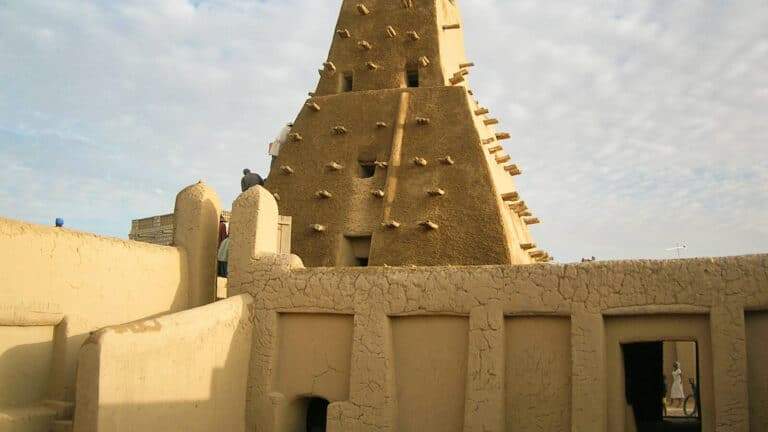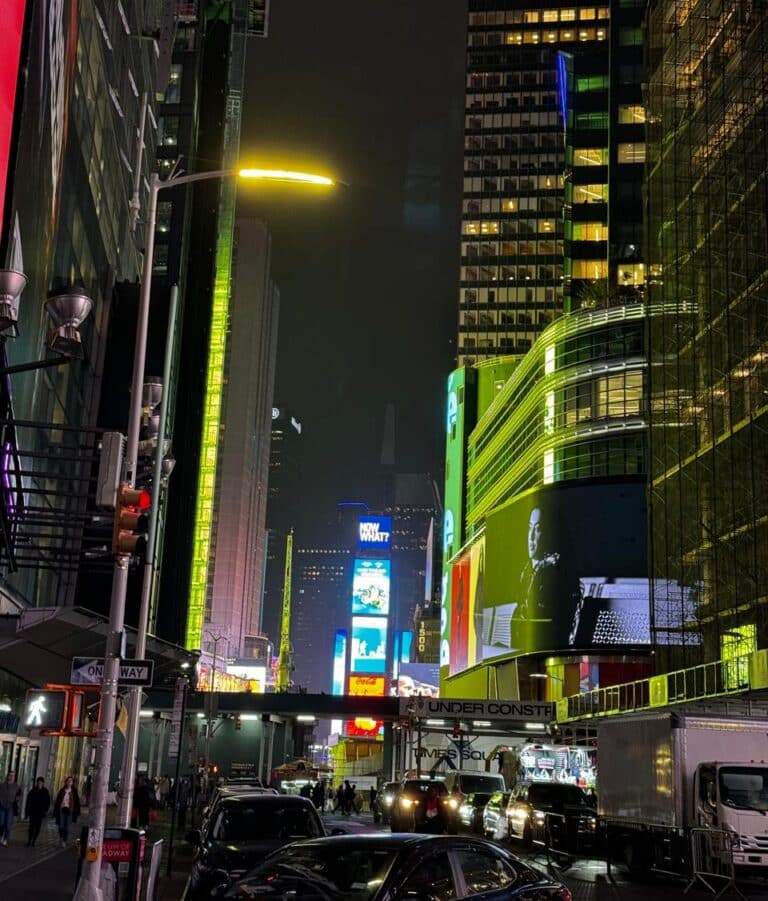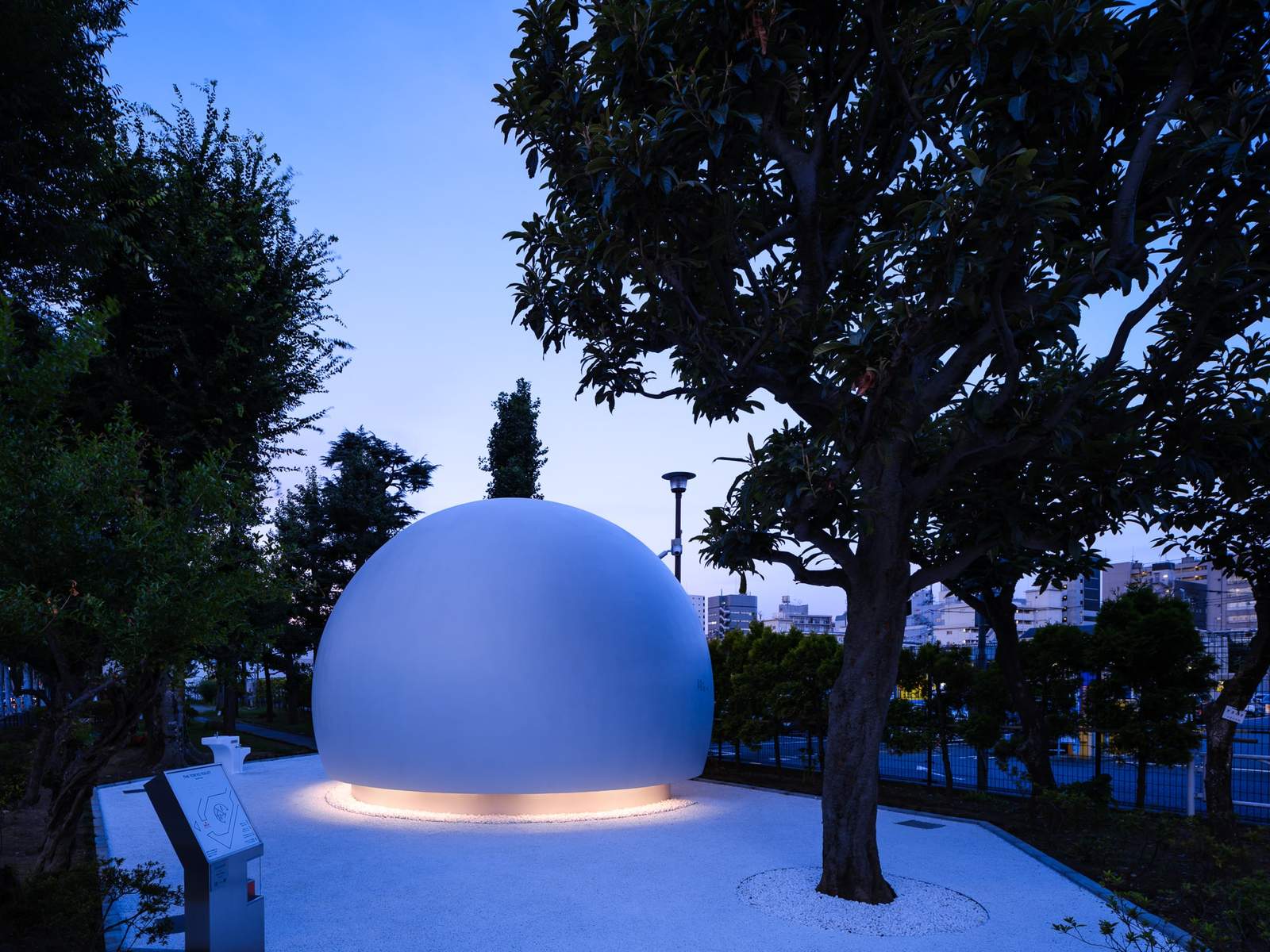Exploring Architectural Balance in Seattle and Vancouver
The architectural landscapes of Seattle and Vancouver exemplify a unique balance between modern design and environmental harmony. This article examines how these cities integrate contemporary architecture with their natural and cultural contexts. It focuses on three key aspects: the evolution of modern architecture in Seattle, the integration of architecture with nature in Vancouver, and the lessons derived from their approaches. Through this analysis, the article highlights how architecture can reflect local identity while prioritizing sustainability, including sustainable architecture practices in both cities.

Evolution of Modern Architecture in Seattle
Seattle’s architectural history reflects its ambition as a hub of technological innovation. Over the 20th century, the city transitioned from traditional designs to bold, modern structures that emphasize both aesthetics and functionality. Public buildings, such as the central library, utilize extensive glass to create a sense of transparency and openness, blending seamlessly with the urban environment, embodying elements of sustainable architecture.
Seattle’s architecture prioritizes integration with its urban context. Many commercial buildings incorporate sustainable technologies, such as rainwater harvesting systems and green roofs, to minimise environmental impact. According to a report by the U.S. Green Building Council, Seattle ranks among the leading cities in adopting LEED standards for sustainable construction (Source: USGBC, 2023).
| Feature | Description |
|---|---|
| Functional Design | Buildings combine aesthetics with practical use |
| Sustainability | Use of green roofs and rainwater harvesting systems |
| Transparency | Extensive glass usage for openness in public structures |
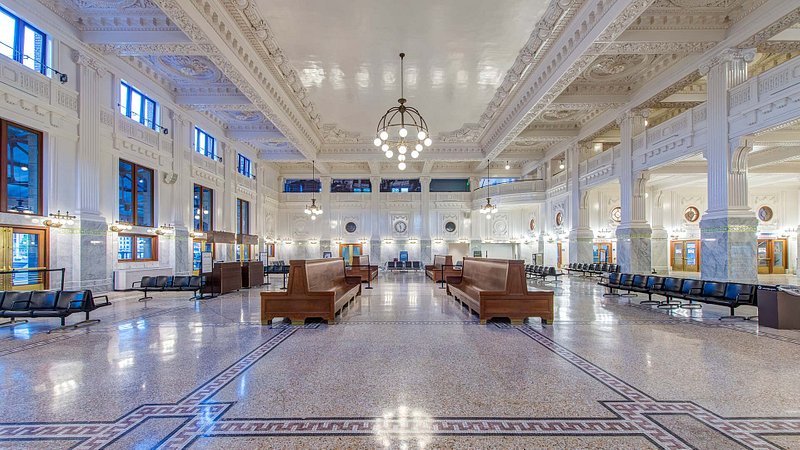
Integration of Architecture with Nature in Vancouver
Vancouver is renowned for its ability to blend modern architecture with its natural surroundings, creating visual and ecological harmony. The city’s buildings draw inspiration from the surrounding mountains and ocean, often incorporating natural materials like wood and stone. Cultural centres in nearby areas, such as Whistler, demonstrate how architecture can celebrate local heritage while preserving natural beauty and fostering sustainable architecture practices.
Vancouver enforces strict urban planning policies to ensure new buildings align with the local ecosystem. Structures are designed to maximise natural light and reduce energy consumption. A study by the University of British Columbia found that these policies contribute to a 20% reduction in carbon emissions compared to similar-sized cities (Source: UBC, 2024).
| Feature | Description |
|---|---|
| Harmony with Nature | Designs inspired by mountains and ocean |
| Natural Materials | Use of wood and stone to enhance environmental connection |
| Energy Efficiency | Buildings designed for natural light and reduced energy use |

Lessons from the Architectural Approach
The architectural approaches of Seattle and Vancouver offer valuable insights for other cities. First, they underscore the importance of integrating modern design with local context. Seattle’s focus on innovation reflects its technological identity, while Vancouver’s designs celebrate its natural surroundings. Second, both cities highlight sustainability, emphasising sustainable architecture as a core component of future urban planning. Whether through eco-friendly materials or progressive urban policies, they demonstrate that sustainability can be embedded in architectural identity.
Third, these cities emphasise the value of community involvement in the design process. In Vancouver, for instance, local indigenous communities are consulted during the development of cultural buildings to ensure respect for heritage. This approach fosters a sense of belonging and ensures that structures carry cultural and environmental significance.

Frequently Asked Questions (FAQ)
Q: What distinguishes Seattle’s architecture from Vancouver’s?
A: Seattle emphasises modern innovation and functionality, while Vancouver integrates nature into its designs for visual and ecological harmony, supporting sustainable architecture and local context.
Q: Are these cities models for sustainability?
A: Yes, both cities adopt strict sustainability standards, including eco-friendly materials and urban planning policies that reduce emissions.
Q: How can other cities adopt this approach?
A: Other cities can benefit by aligning designs with local context, prioritising sustainability, and involving communities in planning.
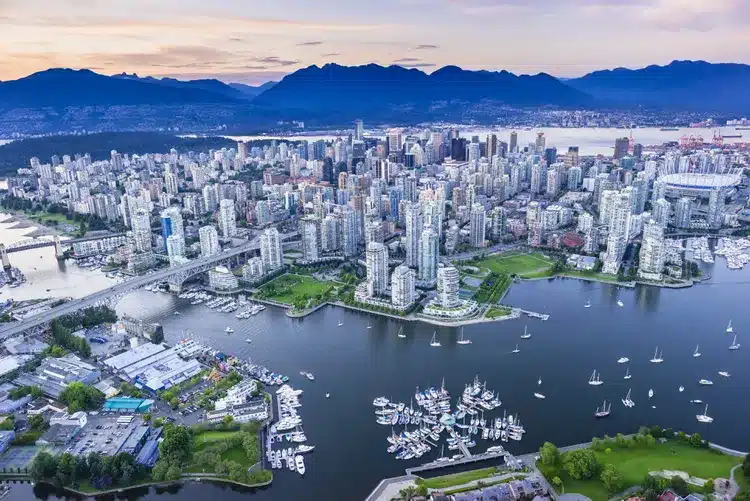
Summary Table of Key Points
| Aspect | Seattle | Vancouver |
|---|---|---|
| Core Feature | Modern innovation and functionality | Harmony with nature |
| Sustainability | Green roofs, rainwater harvesting | Natural materials, energy efficiency in sustainable architecture |
| Local Impact | Reflects technological identity | Celebrates indigenous heritage and nature |

ArchUp Opinion
The architectural approaches of Seattle and Vancouver provide compelling models for balancing innovation with environmental harmony. Seattle demonstrates how architecture can express a city’s technological ambitions, while Vancouver highlights the importance of respecting natural surroundings. However, challenges remain, such as the high costs of sustainable construction, which may limit the scalability of sustainable architecture practices in cities with fewer resources. Additionally, an overemphasis on aesthetics in some designs may occasionally overshadow functionality. Overall, these cities show that architecture can enhance local identity and sustainability, provided economic and practical challenges are addressed thoughtfully.



